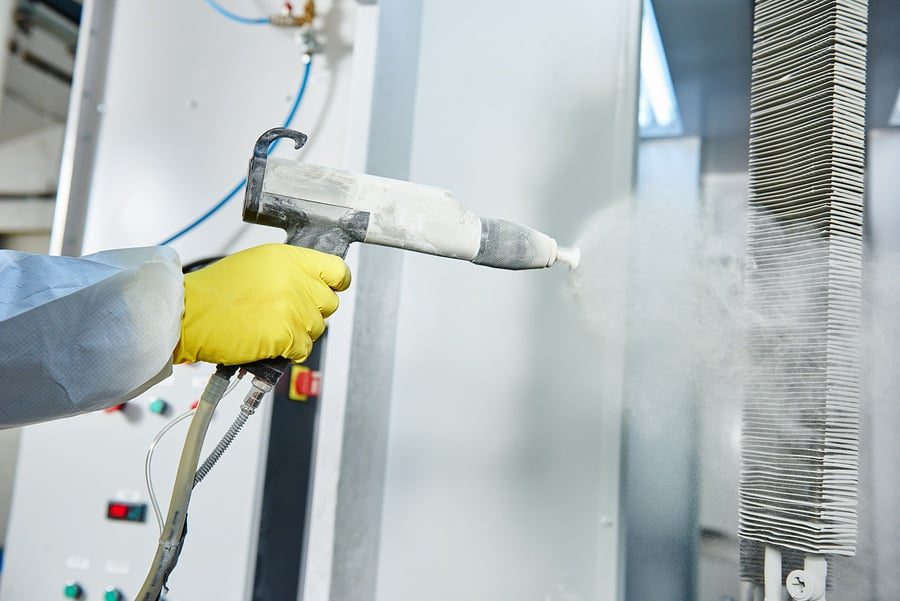Patent Reform Update: Sweeping Changes to US Patent Law Enacted
Patent Reform Update: Sweeping Changes to US Patent Law Enacted
On September 16, 2011, President Obama signed The Leahy-Smith America Invents Act (AIA) into law, thereby enacting the most significant changes to U.S. patent law since 1952. This bulletin summarizes some of the most notable changes under the Act.
Change from “First-to-Invent” to “First-Inventor-to-File” System
The AIA moves the U.S. from a first-to-invent system to a first-inventor-to-file system. This provision applies to patent applications with effective filing dates on or after March 16, 2013. Derivation proceedings will be available in the Patent Office to resolve disputes concerning allegations that one party misappropriated an invention from an inventor and filed an application before the “source inventor” filed. The practical significance of this change is an increased urgency to file patent applications as soon as possible in order to beat one’s competitors in a race to the Patent Office. More efficient reporting of inventions at the organizational level and earlier involvement of patent counsel should be considered to speed the process.
Expansion of Public Use and On Sale Bars to Patentability
Under “old” 35 U.S.C. 102(b), novelty of a claimed invention was destroyed if the invention was “in public use or on sale in this country, more than one year prior to the date of the application for patent in the United States” Under the new law, for applications with effective filing dates on or after March 16, 2013, the novelty of a claimed invention is destroyed if, among other things, it was “in public use, on sale, or otherwise available to the public before the effective filing date of the claimed invention,” regardless of where the activity occurred.
One-Year Grace Period Only for Inventors’ Own Public Disclosures
Prior to the AIA, disclosures published one-year or less prior to the effective filing date of a patent application were not considered prior art for the purposes of determining the novelty of a claimed invention under 35 U.S.C. 102(b) and could be “sworn behind” by evidence of prior invention under 35 U.S.C. 102(a). For applications with effective filing dates on and after March 16, 2013, there will be a one-year grace period for an inventor’s own publications or those publications using information obtained from the inventor. However, third-party disclosures published within the prior year of the patent application’s effective filing date will be deemed to be within the prior art. Applicants will be able to effectively remove such a third-party disclosure from the prior art only if (1) the applicant can show that the subject matter of the third-party disclosure was derived from the applicant himself, or (2) the applicant publicly disclosed the subject matter before the ostensible third-party prior art disclosure was publicly disclosed.
Expanded Procedures for Third-Party Submissions in Pending Applications
Pursuant to the AIA and the Patent Office’s proposed rules, third-parties may submit documents that are believed to have a bearing on the patentability of a pending patent application by the later of six months after the application publishes or the first rejection of any patent claim – but in no event after the issuance of a notice of allowance. In a departure from the “old” rules, a third-party submission must now be accompanied by a concise explanation of the relevance of the submitted document(s). Notably, the submitted documents need not be those impacting on the novelty and/or non-obviousness of the invention. For example, documents bearing on the lack of enablement of the claimed invention or demonstrating that the invention was on sale before the effective filing date of the application could also be submitted. This provision is applicable to all patent applications, regardless of filing date, beginning September 16, 2012.
Mechanisms for Challenging Issued Patents in the Patent Office Pursuant to the AIA
A. Post-Grant Review. The AIA establishes a new mechanism, Post-Grant Review, for requesting the cancellation of one or more patent claims within 9-months of patent issuance. The grounds for requesting such cancellation may be any of those found in defenses (2) and (3) of 35 U.S.C. 282. Patents eligible for this procedure are generally those with effective filing dates on or after March 16, 2013 but certain business method patents with earlier filing dates may also be eligible.
B. Inter Partes Review. The AIA replaces the existing Inter Partes Reexamination procedure with the new Inter Partes Review option. This procedure becomes available 9-months after the issue date of a patent. The grounds for requesting Inter Partes Review are limited to lack of novelty and obviousness and, thus, are more limited than those available under Post-Grant Review. This procedure will become available on September 16, 2012 for all patents, regardless of filing date.
C. Ex Parte Reexamination. Ex Parte Reexaminations continue to remain available. The grounds for such proceeding are limited to lack of novelty and obviousness of the challenged patent claims.
Elimination of “Failure to Disclose Best Mode” Defense in Civil Litigation
The AIA amends 35 U.S.C. 282 to eliminate the “failure to disclose the best mode” as a basis for the invalidity of a patent claim in suit. While this change limits the defenses available in patent litigation, it does not eliminate the best mode requirement of 35 U.S.C. 112, first paragraph, in other contexts. This provision went into effect on September 16, 2011 but does not affect cases already pending on that date.
Heightened Requirements for Joining Defendants in a Single Action for Patent Infringement
Pursuant to the AIA, it is no longer possible for a plaintiff to sue multiple defendants in a single action for patent infringement on the sole basis that each defendant infringed the same patent. Instead, to now sue multiple defendants in such an action, the alleged infringement of the various defendants must have arisen out of the same transaction or occurrence. For example, if Company A and Company B are each independently infringing a subject patent with their own products, two separate actions for patent infringement would have to be brought by a plaintiff. This provision went into effect on September 16, 2011.
Willful Infringement Now More Difficult to Prove
Pursuant to the AIA, the failure of an infringer to obtain opinion of counsel or present such legal advice to a court or jury may not be used to prove that the accused infringer willfully infringed the patent or that the infringer intended to induce infringement of the patent. This change is significant in that a finding of willful infringement may entitle a patent holder to collect three times the regular damages from a defendant. This provision goes into effect on September 16, 2012.
Curtailment of False Patent Marking Lawsuits under Revised 35 U.S.C. 292
The AIA dramatically curtailed false patent marking actions by private plaintiffs by requiring that only those who have suffered actual competitive injury have standing to bring suit. The United States itself may still bring an action without a showing of such injury. In addition, the marking of products with expired patents that once covered the products is no longer a violation of the false marking statute. This provision went into effect on September 16, 2011.
“Virtual Patent Marking” of Products Now Permitted
Under 35 U.S.C. 287, to recover damages for patent infringement occurring prior to actually notifying the infringer of the infringement, the product in question (or its packaging if necessary) had to be physically marked with the subject patent number(s), thus giving general notice of the patent coverage to the public at large. Pursuant to the AIA, a product (or its packaging) may now alternatively be provided with a physical mark consisting of the word “Patent” or the abbreviation “Pat.” juxtaposed with a URL (web address) at which a listing of subject patents can be found. Thus, a product or its packaging must still be physically marked but a short generic marking may be used while the details of the asserted patent coverage are reserved for a company web page. This provision went into effect on September 16, 2011.
This bulletin highlights various changes to United States patent law pursuant to the America Invents Act. Nothing in this document should be construed as legal advice or as creating an attorney-client relationship.






